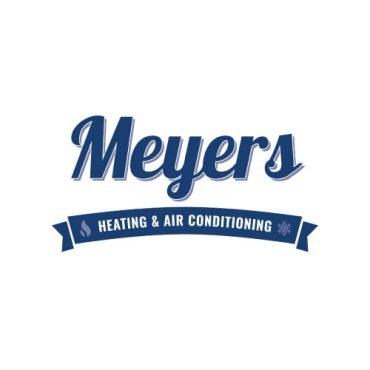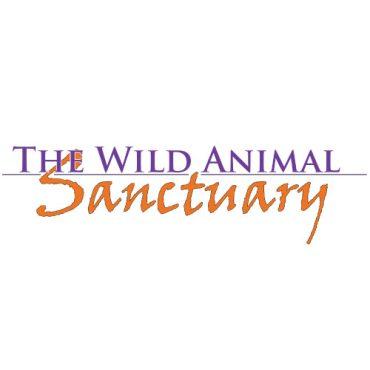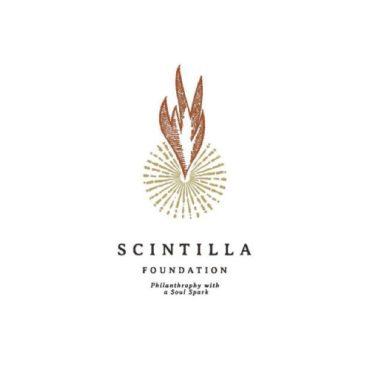Listen:
-
 play_arrow
play_arrow
Follow The Waste: Where Do All The Leaves Go? Stacie Johnson
What would autumn in the Front Range sound like without the raking, grinding, mulching, and blowing of leaves? But what’s the best way to manage all those leaves? And where do those bags of yard waste go?
“It’s important to not landfill organic material. It’s kind of my mission, my career,” says Charles Kamenides, waste services manager for the City of Longmont. Kamenides also says leaves should not be sent to a landfill nor left lying about. “A lot of these leaves end up, if they’re not picked up, they go into the storm drain and adds pollutants into the storm drain.”
Longmont, along with its year round curbside organics collection program, also provides the opportunity for residents to have their bagged leaves picked up by a contractor who goes through the city’s neighborhoods one time in the fall. The city also allows residents to drop off leaves or other yard debris at its waste diversion site.
After the contractor sweeps through a Longmont neighborhood to pick up bagged leaves, the contractor then hauls the leaves to the city’s waste diversion site and dumps them in a combined mountainous pile and while doing so, removes any plastic bags which are then bailed and handed over to a nearby plastics recycler. Longmont’s Kamenides explains the next steps, “We partner and work with A1 Organics. It’s one of the state’s largest composting and organic companies, and we have a contract with them and they pick up, we go through and make sure there’s no plastics in here, and then we contract with them to haul these to their facility. These will go to Keenesburg, Colorado, and they will add this into their composting process with other organic materials and it gets composted for reuse.”
Within the city of Boulder, Western Disposal collects yard waste through its curbside compost collection service. For trucks that haul in the mix stream of compostable materials to Western’s transfer station, it’s all dumped into one big mound also known as the compost tipping area. Kathy Carroll, Community Relations Manager for Western Disposal explains more about the process during an onsite tour of Western Disposal’s transfer station, “What you’re seeing here is both food waste and yard waste. Most of the volume is yard waste. But when you have in the city of Boulder, and actually in Boulder County too, with Western, we do take food waste and yard waste in the same container.”
The combined compostable material then gets loaded into a grinder at the company’s facility to make it more efficient for transportation. As is the case with Longmont, Boulder’s organic waste also travels 60 miles away to Keenesburg where A1 Organics handles industrial composting.
Both Western Disposal and the City of Longmont also grind and mulch on site the yard waste that is directly dropped off by residents and commercial landscapers throughout the year. This includes not only leaves but also grass clippings, tree branches, post holiday Christmas trees, and much more. Western Disposal uses the term “source-separated material” when referring to the dropped off yard waste. The mulch that is made from the source separated material is then offered back to residents and commercial landscapers for their use.
“You can see the pile that we have back here. It’s almost ready for us to grind and haul away. And we’ll do that. It’s about 800 tons of material after we grind it,” says Longmont’s Kamenides. Kamenides says Longmont will grind and haul the 800 ton amount of material six to seven times a year.
Because Western Disposal also has a large and steady stream of source separated material, Western’s Kathy Carroll explains another use for their mulch, “We have a partnership with a dairy composter more in the northern part of the front range, and they’re affiliated with feedlots. So they’ll buy some mulch and they’ll also buy the wood mulch and put it down in the pen, where the animals are. So in order to make compost, you need carbon and you need nitrogen. So this is the carbon, 100%, and then the manure is a hundred percent nitrogen. So, put it down, the nitrogen gets added through the animals.They scoop it up and they make dairy compost.”
For stewards of yards and landscapes that want to go contrary to traditional leaf handling practices or let’s just say “turn over a new leaf”, there’s also an option of a passive approach.
“I would say that the benefits of leaving the leaves fall into three major categories and I would label those as soil, habitat and the food web, and climate,” says restoration and conservation ecologist Susan Sherrod of the company Biohabitats explaining the benefits of letting leaves linger. “With respect to soil, the leaves that are left to decompose on the ground can get broken down over time and supplement the soil with organic matter, which every soil needs organic matter, and that’s a free source of it. And similarly, as the leaves break down, they add nutrients to the soil underneath. So in that way, they serve as a fertilizer. And the third major benefit from leaving leaves on the ground with respect to soil is that it conserves soil moisture. So trees, which do get thirsty over the wintertime will get a little bit less thirsty if we leave the leaves where they are.”
Sherrod also explains that fallen leaves serve as a major foundation for a food web as tiny insects, caterpillars, earthworms, and other organisms will dine on the leaves and as a result, they too will then be a food source for birds and other larger animals.
For the category of climate, Sherrod says, “If leaves are left on the ground, they decompose in place. And yes, it does let off a little bit of carbon dioxide in that process, but it’s so much better than sending them to a landfill where they will decompose in anaerobic conditions and out gas methane, which is over 20 times as potent as carbon dioxide.”
For yard stewards not ready to “bag” bagging leaves or are simply wanting some element of yard tidiness, they may want to consider the method honed in by the ground maintenance crews at the University of Colorado Boulder.
“Our goal is to mulch as many of them back into the turf as we possibly can,” says Scott Redder, main campus grounds manager at CU Boulder. “So quite often we find leaves in places that are in shrub beds or patios, plazas, entryways. We’ll even rake those up or blow them out and put them out into the lawns, so that a mower can come behind and mulch those in. It just helps nutrify the soil, acts as a natural fertilizer for the turf.”
Redder says their mulching project often results in emails and phone calls from confused passers-by. “They don’t realize we’re trying to prep ’em for that mower, right? We have to spread ’em out. We can’t just have a huge mountain of leaves. A mower can’t chew that up, right? But looking out of a window or driving by in a car, it looks like absurdity if you don’t know what you’re looking at. And so we always get a kick out of these emails and these phone calls and stuff that people, you know, let us know about this time of year. It’s always interesting.”
When asked how many of the leaves on the campus grounds get mulched or mowed-mulched, Redder says, “I would say we’re upwards of 85 to 90% of them get chewed up and mulched into a turf. “
So the answer to where all the Boulder County leaves go, depends on how, if and where they are collected. Some will travel all the way to the A1 Organics facility in Keenesburg. Others may be put through grinders and mixed into municipal mulch piles and possibly sent to feedlots to make dairy compost. Some will return to the grassy areas on the CU Boulder campus. And others may blow through the streets and end up in storm drains. No matter their path, they’ll all end up in the cycle of life.



















